State Of The States - The Election Battleground
While there will be 151 seats up for grabs at the next federal election, the contest between the two major parties will be fought and won in a group of approximately fifty seats across the six Australian states. With the exception of a few, these seats were won by either the Labor Party or either Coalition party by a margin of less than 6% and are termed ‘marginal’.
New South Wales
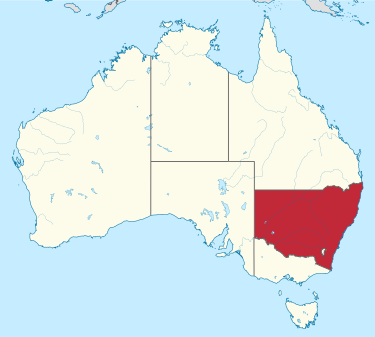
After losing a seat prior to the 2016 election, New South Wales is one of the two states not redistributed at this election, thankfully. Nevertheless, it is an important state to both parties as it contains ten marginal seats heading into the next federal election.
The regional seat of Gilmore (0.7%) is, surprisingly, the Coalition’s most vulnerable seat while Page (2.3%) is likely to be the only seat Labor has a chance of gaining from the National Party. Robertson (1.1%), currently Australia’s longest running bellwether, is vulnerable on the Central Coast while the formerly safe Labor seats of Banks (2.3%) and Reid (4.7%) are the Liberals most vulnerable seats in Sydney.
On the Labor side of the board, the former bellwether of Lindsay (1.1%) is most vulnerable followed by Macquarie (2.2%) and Eden-Monaro (2.9%), another former bellwether. The northern seat of Richmond (4.0%) and the Central Coast seat of Dobell (4.8%) round out the list of Labor’s marginal seats.
Victoria
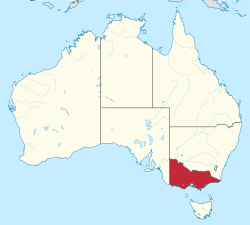
Due to population growth, Victoria has gained a seat and the subsequent redistribution has brought some very welcome news for the Labor Party in this part of the country. The new seat of Fraser (20.6%) is very safe for Labor and is unlikely to be notable on election night but this change has had a significant impact on two Liberal-held seats: Dunkley and Corangamite.
The reconfigured Dunkley (1.3%) is now a Labor seat, albeit one with a Liberal incumbent, while Corangamite has been replaced with Cox (0.03%). Additional Liberal vulnerable seats include Chisholm (3.4%), La Trobe (3.5%), and Casey (4.0%).
The redistribution has also had a negative impact for Labor, as its hold on Isaacs (2.3%), Hotham (4.2%), and McEwen (5.3%) has been weakened significantly. Bendigo (3.9%) and Jagajaga (5.0%) have been strengthened for Labor but not enough to take them out of contention.
Additional to watch in Victoria include Labor’s continuing battle to retain the seats of Batman (0.6%) and Wills (4.9%) against the rising Green tide. The Greens also finished second in the Liberal-held Higgins (7.8%) and may try to upset Kelly O’Dwyer again. Two three cornered contests will also likely be featured as Labor battles the Liberals and the Greens to hold on to Macnamara (1.3% v. Lib) while Cathy McGowan will fight the Liberals and Nationals over Indi (4.1% v. Lib) in Victoria’s north.
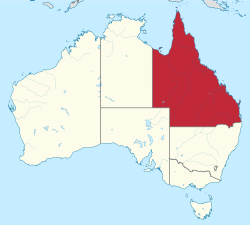
Queensland
The state of Queensland will be the biggest battleground of the next election, with fourteen of it’s thirty being held by margins under six percent. The Liberal National Party hold nine: Capricornia (0.6%), Forde (0.6%), Flynn (1.0%), Dickson (1.6%), Petrie (1.7%), Dawson (3.3%), Bonner (3.4%), Leichhardt (4.0%), and Brisbane (5.9%). If current polling trends continue, however, Bowan (7.1%) and Hinkler (8.4%) may also be vulnerable on the Liberal National side.
Labor, on the other hand, only hold five of Queensland’s marginal seats: Herbert (0.02%), Longman (0.8%), Griffith (1.4%), Moreton (4.0%), and Lilley (5.8%).
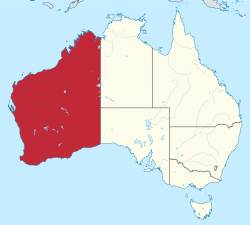
Western Australia
Long a stronghold of the Coalition, the Labor Party hasn’t won a federal election in Western Australia in nearly thirty years. The Coalition reached its zenith in 2013 when, just months after winning the state election in spectacular fashion, it won twelve of the state’s fifteen seats on 58.28% of the two-party preferred. Since September 2013, however, the Coalition has fallen on hard times in what had become its most reliable state.
As a result, the Western Australian portion of the battleground is comparatively wide and disproportionately Liberal. Hasluck (2.1%), Swan (3.6%), and Pearce (3.6%), logic would tell us, would be the Liberal side of the battleground for the next election. However, recent polling, backed up by the state election result, suggests that Stirling (6.1%) and Canning (6.8%) are more likely to be more fiercely contested at this election.
However, should it be the Labor vote that goes backward, then Cowan (0.7%) would be the most vulnerable followed by Perth (3.3%).
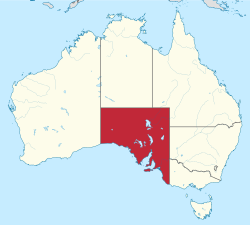
South Australia
South Australia has, once again, lost a seat with the safe Labor seat of Port Adelaide being abolished. This might seem like good news for the Liberal Party, however, it has probably made their prospects of gaining and retaining seats in this state much more difficult.
The transfer of safe territory into Labor’s most marginal seats, Hindmarsh and Adelaide, has seen their margins blow out. Hindmarsh (8.2%) remains Labor’s most vulnerable seat but the swing the Liberals need to gain it has increased dramatically. Labor’s margin in Adelaide (9.0%) has doubled meaning that, even with Kate Ellis’ retirement, the seat is going to be much less competitive than was expected.
In terms of the Liberal held seats, Boothby (2.8%) has become somewhat more marginal and so has Christopher Pyne’s seat of Sturt (5.8%).
Lastly, the seat of Mayo (5.5% NXT v. Lib) may prove an interesting electorate to watch with the Xenophon-less NXT dropping significantly in the polls and the redistribution improving Labor’s position in the traditionally Liberal seat.

Tasmania
After losing all but one seat at the federal election in 2013 and then suffering a landslide defeat in the state election in 2014, Labor roared back to life in 2016 when it reclaimed Bass, Braddon, and Lyons. Yet another redistribution has been conducted in Tasmania, but no seats have switched parties.
Instead, Labor’s position in Braddon (1.5%) has weakened as it remains the Liberal’s strongest chance at a gain. Lyons (4.0%) has been strengthened for Labor while Bass (5.3%) has been weakened.
Changes to the boundaries of the newly renamed Clark (17.8% v. Lab) and Franklin (10.7%) have been so minimal that their margins have not changed at all.
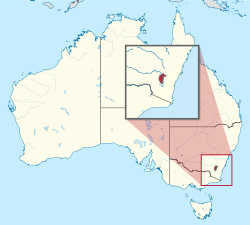
Australian Capital Territory
Major changes have been made to the boundaries of the Australian Capital Territory electorates as the existing electorates, Canberra and Fenner, shrink to allow the creation for a third, Bean. However, that’s about as interesting as the election will get in our nations capital.
The new electorate of Bean (8.9%) covers what parts of the Territory can be classified as rural and, as a result, is the most marginal seat out of the three. However, current polling suggests that the Liberals are nowhere close to overcoming this kind of margin.
As a result of the redistribution Gai Brodtmann’s margin in Canberra has jumped 4.7% from 8.5% to 13.2% while 2.3% has been shaved off of Andrew Leigh’s margin in Fenner (11.6%).
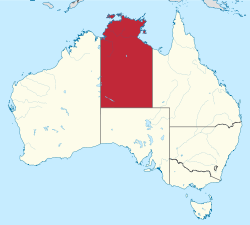
Northern Territory
A redistribution has also been conducted in the Northern Territory, but it is much less extensive than the one conducted in the ACT and little has changed in terms of margins. Solomon (6.1%) has been very slightly strengthened Labor’s impressive margin in this traditionally marginal seat while Lingiari (8.1%) has been very slightly weakened. Neither seat is expected to change hands.